In the realm of industrial piping solutions, the Stretcher Stainless Steel Tube emerges as a benchmark for technological progress, safety, and efficiency. Utilized across petrochemical, metallurgical, water supply & drainage, and structural industries, these tubes are engineered to withstand extreme environments, evidenced by their strong market adoption and compliance with international standards.
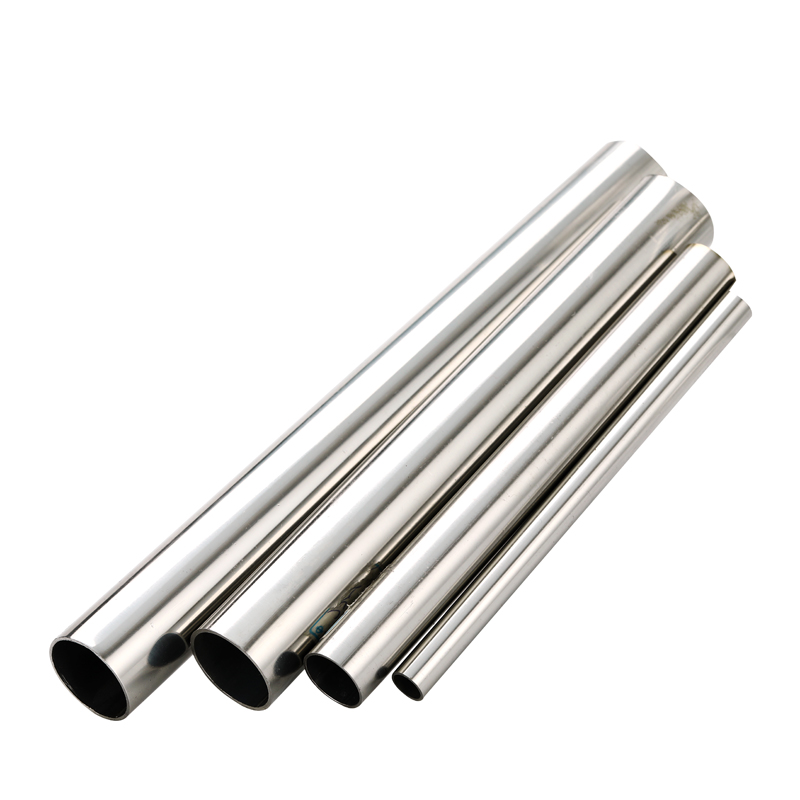
1. Industry Overview & Market Trends of Stretcher Stainless Steel Tube
According to the International Stainless Steel Forum (ISSF), global stainless steel tube demand increased at a CAGR of 5.7% (2019-2023), with the energy and water sectors driving significant growth. The Stretcher Stainless Steel Tube segment, characterized by precision, anti-corrosion, and high-tensile strength, has witnessed a market growth from 220 million USD in 2019 to over 340 million USD in 2023, led by its adoption in critical infrastructure and advanced process equipment.
Notable Trends:
- Growing requirements for corrosion-resistant, durable infrastructure components.
- Integration of CNC precision in tube staging and finishing for enhanced tolerances.
- Fast-rising regional market shares in Asia-Pacific and Europe due to urbanization and smart manufacturing projects.
- Compliance with global standards such as ISO 9001, ANSI B36.19M, EN 10217-7, and heightened focus on environmental safety.
Global Market Value Trend for Stretcher Stainless Steel Tube
2. Technical Parameters: Stretcher Stainless Steel Tube Specifications
Designing a high-end Stretcher Stainless Steel Tube involves meticulous attention to detail regarding material accuracy, mechanical properties, and tolerance control. Here is a summary of the key technical parameters:
| Parameter |
Specification Range |
Industry Standard Reference |
| Material Grade |
304/304L, 316/316L, 321, Duplex S31803 |
ASTM A213/A269, EN 10216-5 |
| Outer Diameter |
Φ10mm–219mm |
ANSI B36.19M |
| Wall Thickness |
1.0mm–12.7mm |
ISO 4200 |
| Length |
Standard: 6m; Customizable up to 12m |
EN 10217-7 |
| Surface Finish |
Annealed, Pickled, Polished 180–600 grit |
ASTM A480 |
| Tensile Strength |
≥520 MPa (304), ≥550 MPa (316) |
ISO 6892-1 |
| Corrosion Resistance |
Passes ASTM G48, up to 2000 h salt spray |
ASTM G48, ISO 9227 |
| Hydrostatic Pressure Test |
≥20MPa for 5s |
EN 10216-5 / ASTM A1016 |
| Tolerance |
OD: ±0.05–0.3mm; WT: ±0.03mm |
EN ISO 1127 |
Parameter Comparison: Stretcher Stainless Steel Tube vs. Conventional Stainless Tube
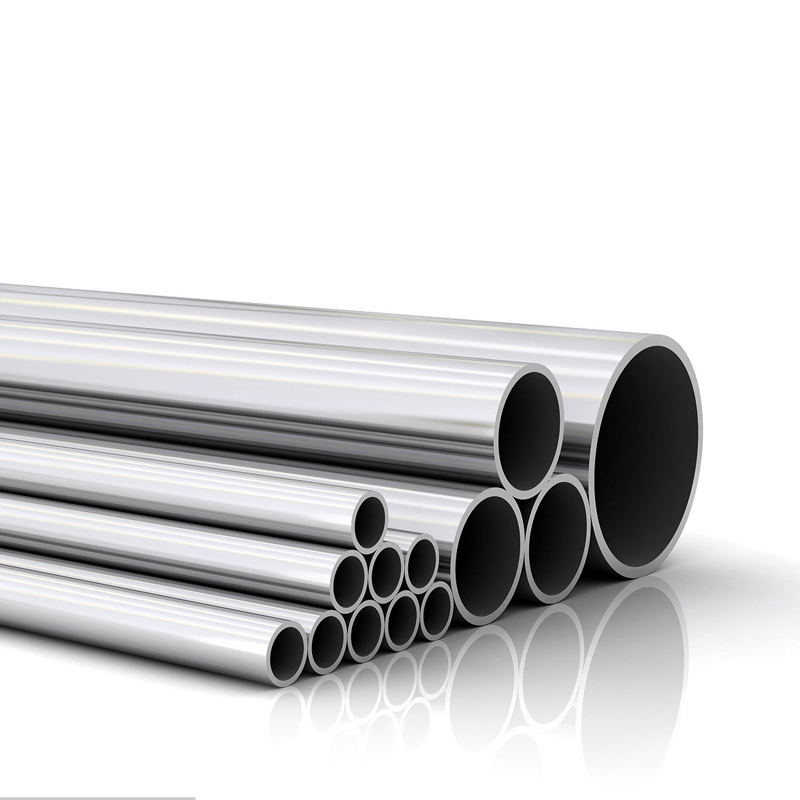
3. Detailed Manufacturing Process of Stretcher Stainless Steel Tube
1. Material Selection
TOP-grade SS billet (304/316/321)
→
2. Heating & Rolling
Billet is hot-rolled to rough tube
→
3. Stretcher Forming
Precision elongation & wall-thickness control
→
4. Heat Treatment
Annealing for microstructure improvement
→
5. Stand/Finish Machining
CNC-cutting, surface finishing to custom specs
→
6. Inspection & Testing
Ultrasonic, hydrostatic, corrosion, PMI
→
7. Packaging & Dispatch
Standard/Export packaging with labeling
- Key Process Highlights:
Raw material selection of certified stainless steel billets ensures composition purity;
Stretcher forming delivers optimized grain structure and eliminates internal stress, critical for long service life and corrosion strength.
-
Quality Control: All batches undergo EN 10204 3.1/3.2 certification, PMI (Positive Material Identification), hydrostatic, and salt spray/cyclic tests.
-
Certifications & Standards: Full compliance with ISO 9001, PED 2014/68/EU, Duplex & Austenitic SS standards.
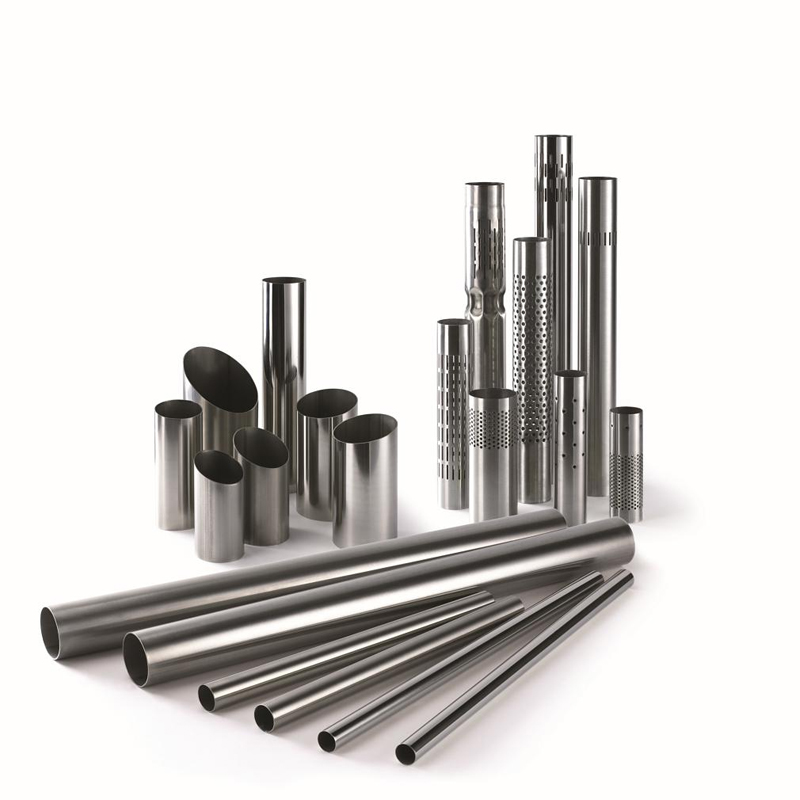 Comparison: Service Life & Corrosion Resistance (Salt Spray Hour Test)
Comparison: Service Life & Corrosion Resistance (Salt Spray Hour Test)
4. Application Scenarios & Technical Advantages of Stretcher Stainless Steel Tube
Key Application Sectors:
- Petrochemical Plants: Used for process piping, heating exchangers, and high-pressure circuits due to superior stress corrosion cracking resistance.
- Desalination & Water Supply: Suitable for long-term underground and exposed delivery, resistant to biofouling, and compliant with NSF/ANSI 61 for drinking water.
- Metallurgical & Power Generation: Applied in boiler tubes, condenser, and thermal plant piping where temperature and pressure cycles are critical.
- Structural & Architectural: Widely adopted in bridges, handrails, and load-bearing elements for aesthetics and longevity.
- Food & Pharmaceutical: Achieves sanitary finish standards (ASTM A270, FDA guidelines).
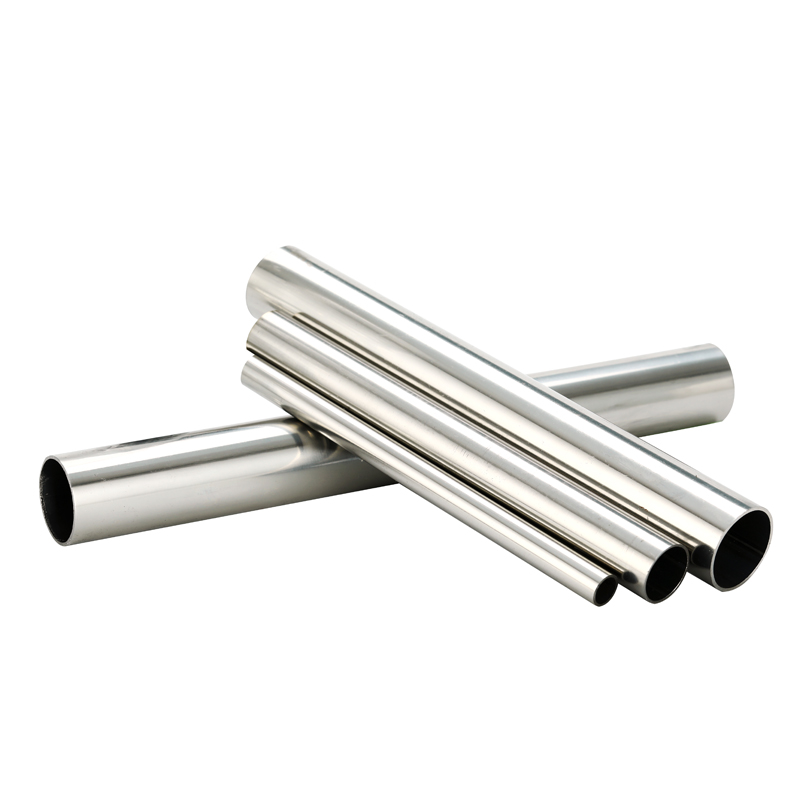
-
Performance Advantages:
- Corrosion Resistance: Minimum PREN (Pitting Resistance Equivalent Number) >24 for 316/316L; proven 2,000+ hour salt spray resistance.
- Long Service Life: Field data show 30+ years in desalination/petrochemical; 20% longer than conventional 304 tubes.
- Energy Efficiency: Lower hydraulic loss due to smoother bore (Ra ≤0.40 μm).
- Compliance: Certified by international authorities (ISO, PED, FDA if required by segment).
-
Case Example: A 2023 project in the Gulf region replaced API-class carbon steel process lines with Stretcher Stainless Steel Tube, reducing maintenance costs by 39% and increasing operating intervals to 5+ years per cycle (source: Stainless Steel World).
5. Manufacturer Comparison: How Stretcher Stainless Steel Tube Stand Out
| Attribute |
C.BIE Stretcher SS Tube |
Typical Market Brand |
Conventional SS Tube |
| Material Traceability |
Full batch/heat tracking; 3.1B certification |
Partial lot reporting |
Standard, not mandatory |
| Production Method |
CNC + Multi-pass Stretcher Drawing |
2-pass Stretcher/Manual finish |
Cold draw only |
| Dimensional Accuracy |
±0.05–0.12mm |
±0.20mm |
±0.30mm |
| Corrosion Testing |
ASTM G48, 2k hrs salt spray |
ASTM B117, 500 hrs |
Not systematic |
| Third-party Certifications |
ISO 9001, PED, CE, WRAS, FDA (optional) |
ISO/EN |
Factory QC |
| Warranty |
5 Years Full, 10 Years Extended |
2-3 Years |
12 Months |
| Custom OEM/Design |
Yes (Batch/CAD Supported) |
Limited |
No |
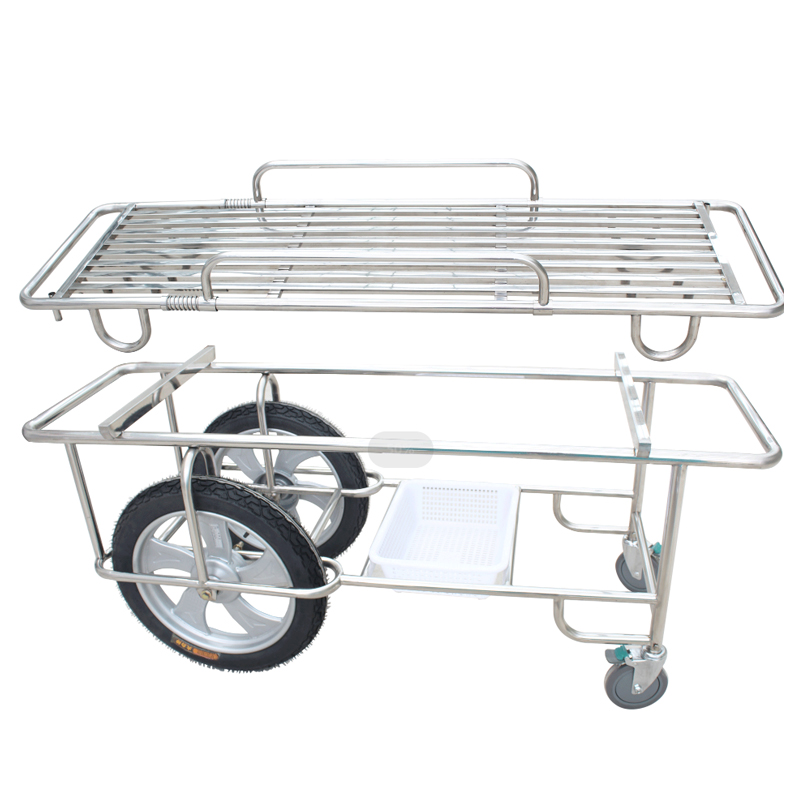
6. Customization Solutions: Tailoring Stretcher Stainless Steel Tube for Your Project
- Custom Grades: 304, 316, 321, duplex, super-austenitic, and nickel alloys per customer request.
- Precision Tolerances: Up to ±0.05mm OD, ±0.03mm wall; length customizable up to 12m/24m.
- Surface & Finish Options: Pickled, mirror polished, passivated (ASTM A380), sandblasted for high-hygiene applications.
- Connection Types: Beveled, flared, swaged, or quick-coupling ends with full technical documentation.
- Value-Added Services: Pre-fabrication, laser etching, internal cleaning, project-specific QA (including X-ray or 100% ultrasonic as requested).
- On-site Support: Pre-installation technical support, global logistics, and after-sales training available.
Warranty & After-Sales Guarantee: All Stretcher Stainless Steel Tube orders include official 5+ years corrosion and leakproof warranty, with 24/7 customer tech support.
7. Application Case Studies: Stretcher Stainless Steel Tube In Action
Case One: Seawater Desalination Plant (Asia-Pacific, 2022)
- Over 15,000 meters of 316L Stretcher Stainless Steel Tube supplied for low-pressure feed lines.
- 60% reduction in tube replacement frequency, supporting continuous operations for 10-year cycles.
- ISO 9001 & PED-certified installation audited by third-party SGS.
Case Two: Oil & Gas Upstream Installations (Middle East, 2023)
- 3,200m 321SS tubes used for sour gas transfer lines.
- Improved H2S corrosion resistance and critical weld joint fatigue life vs. historical carbon steel section.
Case Three: Water Supply Modernization (East Europe, 2021)
- Replaced aging ductile iron with 304L Stretcher Stainless Steel Tube in city water main overhaul.
- Water utility reports 37% reduction in leakage and 24% OPEX savings by year two.
OPEX Saving Over 10 Years: SS Tube vs. Ductile Iron
8. FAQ: Professional FAQ about Stretcher Stainless Steel Tube
- Q1: What is the most common material for Stretcher Stainless Steel Tube?
- 304/304L and 316/316L due to their combination of strength, corrosion resistance and weldability. For highly corrosive media or higher temperatures, 321 or duplex S31803 are preferred.
- Q2: What are typical size and tolerance options?
- OD typically ranges from 10mm up to 219mm, wall thickness from 1.0–12.7mm. Dimensional tolerances can reach ±0.05mm (OD) and ±0.03mm (wall) per EN ISO 1127, suitable for automated or critical fit installations.
- Q3: How are Stretcher Stainless Steel Tube inspected for quality?
- All tubes undergo hydrostatic testing, ultrasonic & eddy current NDT, and destructive tests per EN 10216-5 and ASTM A1016. Surface finish and welds are visually checked, and chemical composition validated by PMI analyzers.
- Q4: Is special installation equipment needed?
- Standard SS tube joining systems (orbital welding, TIG/MIG, or grooved coupling) can be used, given correct end prep and compliance with ASME B31.3 or EN 13480 installation codes.
- Q5: What is the typical lifespan of Stretcher Stainless Steel Tube in aggressive settings?
- When properly specified and maintained, 25-30 years is standard; in water or chiller use, 35+ years is achievable. Life cycle can be extended with passivation or cathodic protection.
- Q6: What standards and certifications should I request?
- Certificates: EN 10204 3.1/3.2; ISO 9001 and PED 2014/68/EU for pressure service in Europe; NSF/ANSI 61 for potable water; traceability and radiography as needed.
- Q7: How quickly can Stretcher Stainless Steel Tube be delivered for a custom spec?
- Lead times average 12–25 days for standard grades/sizes, or 3–8 weeks for custom alloys/complex finish. Expedited delivery available by arrangement.
9. Delivery, Quality Commitment & Customer Support
- Delivery Cycle: Standard items within 10–15 business days; custom orders based on approved drawings typically shipped within 3–6 weeks globally.
- Quality Assurance: Every Stretcher Stainless Steel Tube batch is accompanied by full mill test certificates (MTC), NDT reports, and third-party inspection if required.
- Warranty: 5–10 year warranty, with full after-sales support for any corrosion or leakage failure under normal conditions.
- Customer Support: 24/7 technical support—onsite and remote; English/Chinese/Russian consultation available.
- References & Endorsements: Used by leading chemical and utility enterprises, referenced in trade journals (Steel Times International).
10. References & Further Reading
 Afrikaans
Afrikaans  Albanian
Albanian  Amharic
Amharic  Arabic
Arabic  Armenian
Armenian  Azerbaijani
Azerbaijani  Basque
Basque  Belarusian
Belarusian  Bengali
Bengali  Bosnian
Bosnian  Bulgarian
Bulgarian  Catalan
Catalan  Cebuano
Cebuano  Corsican
Corsican  Croatian
Croatian  Czech
Czech  Danish
Danish  Dutch
Dutch  English
English  Esperanto
Esperanto  Estonian
Estonian  Finnish
Finnish  French
French  Frisian
Frisian  Galician
Galician  Georgian
Georgian  German
German  Greek
Greek  Gujarati
Gujarati  Haitian Creole
Haitian Creole  hausa
hausa  hawaiian
hawaiian  Hebrew
Hebrew  Hindi
Hindi  Miao
Miao  Hungarian
Hungarian  Icelandic
Icelandic  igbo
igbo  Indonesian
Indonesian  irish
irish  Italian
Italian  Japanese
Japanese  Javanese
Javanese  Kannada
Kannada  kazakh
kazakh  Khmer
Khmer  Rwandese
Rwandese  Korean
Korean  Kurdish
Kurdish  Kyrgyz
Kyrgyz  Lao
Lao  Latin
Latin  Latvian
Latvian  Lithuanian
Lithuanian  Luxembourgish
Luxembourgish  Macedonian
Macedonian  Malgashi
Malgashi  Malay
Malay  Malayalam
Malayalam  Maltese
Maltese  Maori
Maori  Marathi
Marathi  Mongolian
Mongolian  Myanmar
Myanmar  Nepali
Nepali  Norwegian
Norwegian  Norwegian
Norwegian  Occitan
Occitan  Pashto
Pashto  Persian
Persian  Polish
Polish  Portuguese
Portuguese  Punjabi
Punjabi  Romanian
Romanian  Samoan
Samoan  Scottish Gaelic
Scottish Gaelic  Serbian
Serbian  Sesotho
Sesotho  Shona
Shona  Sindhi
Sindhi  Sinhala
Sinhala  Slovak
Slovak  Slovenian
Slovenian  Somali
Somali  Spanish
Spanish  Sundanese
Sundanese  Swahili
Swahili  Swedish
Swedish  Tagalog
Tagalog  Tajik
Tajik  Tamil
Tamil  Tatar
Tatar  Telugu
Telugu  Thai
Thai  Turkish
Turkish  Turkmen
Turkmen  Ukrainian
Ukrainian  Urdu
Urdu  Uighur
Uighur  Uzbek
Uzbek  Vietnamese
Vietnamese  Welsh
Welsh  Bantu
Bantu  Yiddish
Yiddish  Yoruba
Yoruba  Zulu
Zulu 
















